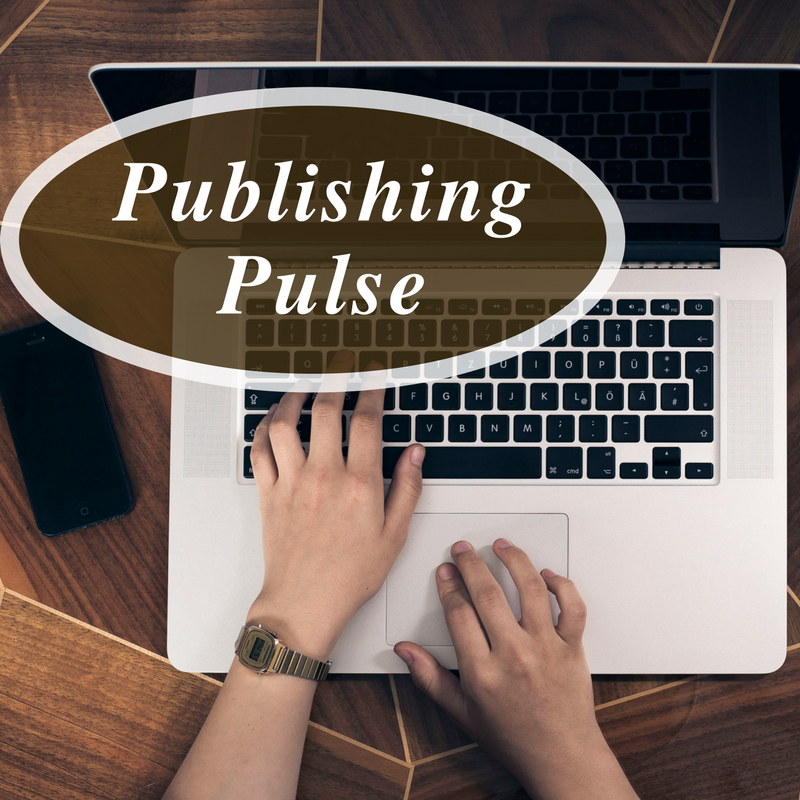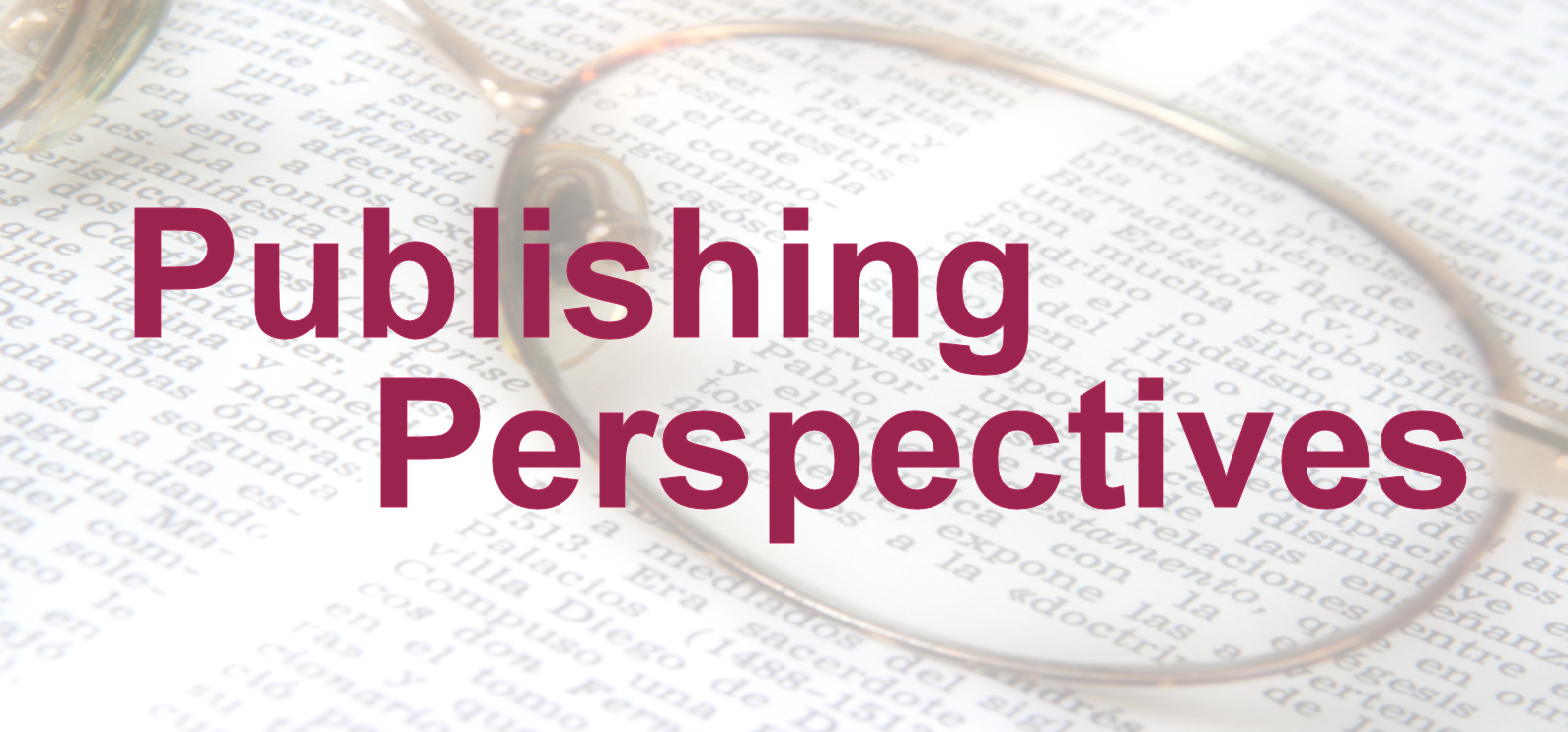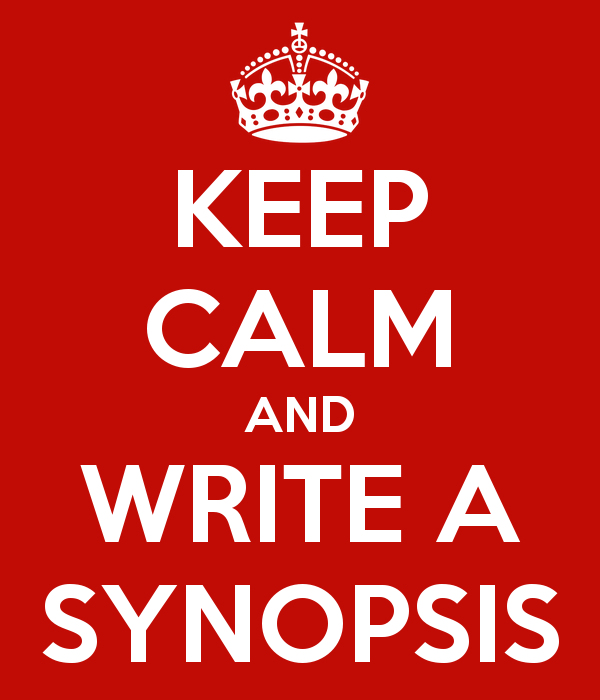
How Many Pairs of Eyes Are on Your Book?
I recently finished making wording changes on a self-published book that had already been typeset and printed — or…
September 12, 2018
I recently finished making wording changes on a self-published book that had already been typeset and printed — or…
September 12, 2018
Welcome to Publishing Perspectives! I’ll be talking about all things publishing. Let’s start with an overview of the publishing…
July 21, 2017
Have you ever looked at the category words on the back of a book, above (or below) the bar…
March 20, 2016
In last month’s column, I mentioned that an item of an Author’s Questionnaire from a publisher is the request…
February 3, 2016
The first part of this series examined the Query Letter. The second part looked at the synopsis. In this…
January 23, 2016
The first part of this series examined the Query Letter. In this column, we’ll look at the synopsis. Most…
December 14, 2015
You’ve finally got your novel all polished up and ready to submit to a publisher. How is this done?…
November 22, 2015
I hope that you, as a writer, do a LOT of reading! I think there are three types of…
October 29, 2015
The world of book publishing has been changing rapidly for a few years, and lots of vocabulary is changing…
September 23, 2015
Writing a book can be hard work. Then you polish it: more hard work. Then there’s the hard work…
August 29, 2015
The number of smaller publishers will continue to grow as technology enables more people to complete the tasks involved…
July 20, 2015